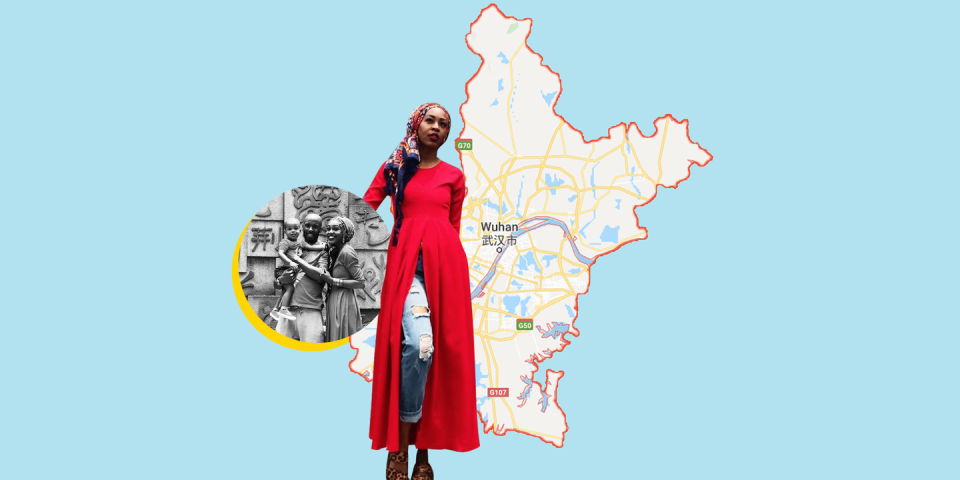Here’s What It’s Like to Live at the Center of the Coronavirus Outbreak and Not Be Able to Go Home

Six months ago, my husband and I planned to take a weeklong trip to Malaysia to celebrate Chinese New Year. We had been living in Wuhan, China, for exactly 11 months and knew it was customary to get out of the city for some relaxation. But when it was finally time to board the plane, we didn’t realize that we would probably never return to our apartment in Wuhan or our material possessions there.
Three days after we landed in Malaysia, Wuhan was put under quarantine because of the coronavirus, a respiratory virus that began spreading quickly at the end of 2019. A week later, the World Health Organization declared a global health crisis. At first we were told we could return in February, then March, then May. But now we know that no one really has the answer, and that our life there is no more.
We have so many questions and little scope of the full story. But my experience is just one of many millions from people impacted by the coronavirus. As stressful as it has been for me, my husband, and 2-year-old son, I know that it is unbearable for those still in Wuhan or who have gotten sick.
Wuhan is a major city, and although it may not have been on everyone’s radar like Beijing or Shanghai, it’s bigger than New York City, Los Angeles, and Chicago. It’s not a random, rural town, as some people in Western culture have called it. It’s a well-developed metropolis with more than 11 million residents, universities, mega malls, and high-rise apartment buildings. It’s full of local street markets, food vendors, and diffident housing. It’s a city where the barista at the Starbucks I frequent remembers my order—a grande caramel Frappuccino with a warm chia seed muffin—without me having to utter a word. It’s where our local halal Chinese restaurant never disappointed on my weekly order of curry noodles and veggies.
It’s also a city with a newfound love of American football, which is what originally brought my family to Wuhan from the United States in early 2019 when my husband was hired to coach both the semi-pro Wuhan Berserkers and pro-Wuhan Gators teams.
But any sense of normalcy seems so far away for us and for the millions of people in Wuhan. When I first heard of the coronavirus in December, I didn’t think much of it. It wasn’t shared as an emergency or an “outbreak.” It was just something to be aware of. I was sitting in the city of Zhongshan, an area 670 miles South of Wuhan, on December 31, when I received a text message from our landlady: The news reported that Wuhan recently had a pneumonia epidemic. Wear masks to go out. Please pay attention to food hygiene.
But within a week, the virus had a name and was proven to spread from person to person. Face masks were ubiquitous. Hand sanitizers were placed at the entrances and exits of every mall. The first related death occurred on January 9, the second on January 17. By the 20th, as we were on a plane leaving the country, there were more than 200 cases.
A post shared by GLOBAL MEDIA SPECIALIST (@sheisimanib) on May 20, 2019 at 4:37am PDT
To date, there have been more than 75,000 reported cases of the coronavirus. The death toll has topped 2,000. The city of Wuhan is on complete lockdown, meaning there’s no public transportation, people can only go out at designated increments of time, and anyone coming from there to any other parts of the world is quarantined if—and only if—they are allowed to leave.
Since then, we have tried to keep up-to-date with every news alert, announcement, and development through WeChat, where we’ve been able to connect with our friends from Wuhan. But as information changes rapidly, we’re all unsure of who and what to trust. Are the number of deaths being accurately reported? How many people actually have the virus? Is this something that can be controlled? It’s already spread around the world—what will stop it?
No one seems to know. And that’s the scariest part.
You Might Also Like

